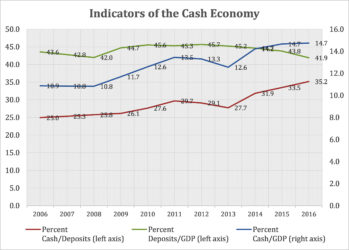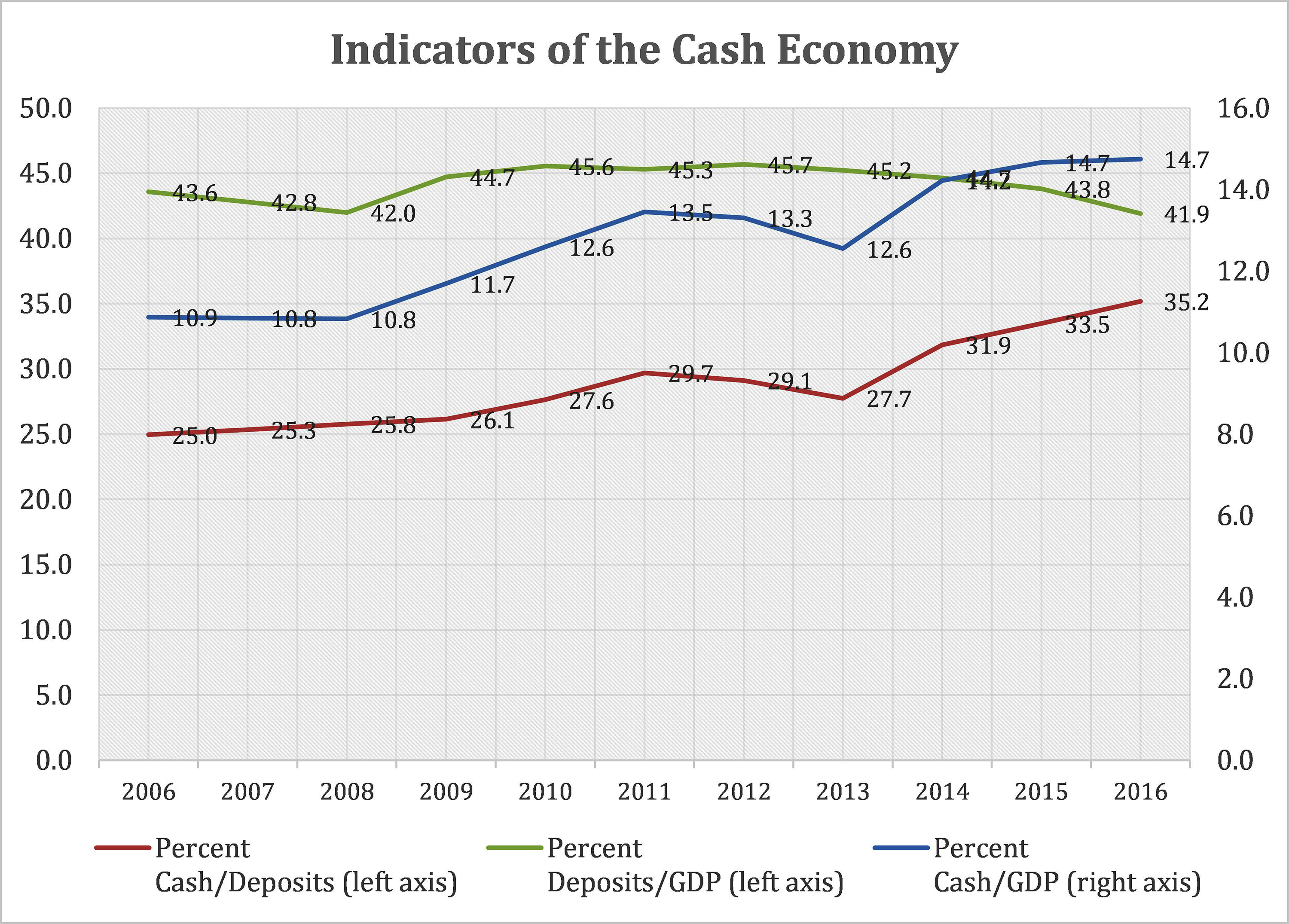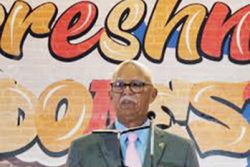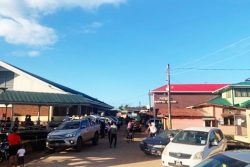The supposed decline in the narco economy since APNU+AFC came to power in 2015 is often proposed by two very vocal members of SOCU – Mr Eric Phillips and Mr Tacuma Ogunseye – as the main factor for the depreciation of the Guyana dollar. Their basic thesis rests on the notion that trafficking of narcotics generates a lot of foreign exchange for the Guyanese economy. Indeed, supporters of the government submit this alibi as the primary reason for the slowdown in important sectors of the Guyanese economy. Notice, I wrote sectors and not economy. The aggregate economy grew at around 3% mainly because of low-quality growth in the mining sector. However, as noted in the previous column, sectors requiring intermediate inputs (primarily manufacturing and agro-industry) are doing poorly. I will explore in a later column the foreign currency implications of the situation in which the GDP is growing but the economy is suffering from structural malaise and limited foreign exchange earnings.
In this essay, I address whether the narco economy is indeed a primary determinant of the pressure in the foreign exchange market. The narco economy is one component of the underground or parallel economy, which the most recent study by Professor Clive Thomas and his co-authors has found to be approximately 40% of the official economy. Guyana’s official GDP is around US$3.4 billion.
exchange market. The narco economy is one component of the underground or parallel economy, which the most recent study by Professor Clive Thomas and his co-authors has found to be approximately 40% of the official economy. Guyana’s official GDP is around US$3.4 billion.
Just like the official economy, the underground economy has both a tradable and non-tradable component. The tradable component would include primarily gold smuggling, fuel smuggling, and the illegal export of cocaine and marijuana. The non-tradable component involves any form of production, sold entirely to the domestic market, which is unreported mainly for the purpose of evading taxes. Therefore, the non-tradable parallel economy includes street vendors, farmers, professionals, taxi drivers, minibus operators, contractors, technicians and others who do not declare their incomes or production.
One aspect of the non-tradable underground economy that is very difficult to measure and therefore prosecute is the kickbacks associated with government contracts. These were no doubt pervasive, off the books, and they are easily washed into the official economy. These kickbacks are usually shared by few civil servants of different political persuasions and a handful of senior government officials.
The reason I have divided the tradable and non-tradable underground economy is to emphasize the idea that the non-tradable component, just like its legal counterpart, does not earn foreign exchange, only tradable activities do. Therefore, if the SARU officials are right, the narco economy would be a very large component of the underground economy and its decline is reducing the foreign exchange flow to the market. However, we saw in the last column that the bank and non-bank cambios have actually purchased and sold about 9% more hard currencies in 2016 compared with 2015.
Nevertheless, we still need an indicator or proxy to compare before and after 2015; to observe whether there has been a noticeable decline in underground output that some believe is mainly comprised of pushing the white and green stuff. Underground production ultimately has to be transacted either in bank deposits or cash. They cannot be transacted in blackeye peas, whale teeth or kidney beans. Eventually the illegal production or undisclosed output results in the creation of broad money deposits as the production is washed into the official economy. Illegal and undisclosed production can also be done in cash, thereby increasing the demand for currency notes in such a manner making their growth out of sync with official production.
It should be noted that I am not trying to measure the size of the underground economy. Instead, I am looking for signals that suggest the new government has curtailed the underground economy. First, the chart indicates that the Guyanese economy is becoming more cash-oriented, as indicated by the red line. The 2006 percentage of cash relative to money in the bank was 25%, still quite high. This is also the year the key drug kingpin was captured. However, cash use continued to increase, reaching 35.2% in 2016. Cash use increase by about two percentage points from 2015 to 2016.
Second, on the right axis, the chart records the percent of cash relative to GDP (the blue line). The same pattern holds. This measure of cash use increased from 2006 to 2016, but the percentage is exactly the same at 14.7% for 2015 and 2016.
Perhaps the most interesting observation is the third stylized fact that shows a decline in the amount of bank money relative to GDP. In 2006, this percentage was 43.6%, increasing to 45.7% by 2012 and subsequently falling to 41.9% by 2016. This decline is inconsistent with the notion that the underground economy is responsible for the foreign exchange market pressure. As we can see, the decline started three years before 2015. It is much more consistent, however, with the notion that business activities started to slow down after 2011 General Election. Several of the series in the previous column also show a turning point around 2012. This slowdown takes time to work its way through the foreign exchange market. A slowdown was coming regardless who won the 2015 election. However, APNU+AFC government spooked investors and acted as the trigger for the FX market problems, not the fundamental cause.
The relative increase in cash use is consistent with the notion that underground economic activities continue to expand in recent years, in spite of the fact that the new government has been successful in apprehending more drug traffickers and engendering a relative lull in robberies and murders relating to breaking and entering. It is possible that the chart is showing that the underground economy is expanding in sectors outside of narco-trafficking. This is likely to occur if the population perceives that the government is taxing too much.
Moreover, these patterns suggest that several SARU officials approach policies with a dose of hearsay, anecdotes and rumormongering. By doing so, they take the spotlight away from the more sizable aspects of the underground economy. Their approach also fits a broader trend of accusations that became prevalent by TV talkshow hosts during the disturbances from around 2000 to 2006. One wonders what exactly these individuals have in mind when a few high-level members of the WPA, which is now a part of the APNU + AFC government, saw “political usefulness in the Buxton factor.”
Finally, these trends submit that it is time the government start making a serious effort to incentivize the population to move towards electronic payments and possibly gradually phase out the $5000 bill.
In the next column, I would further explore the confidence issue and the possibility that increasing export performance is not returning a proportionate amount of foreign exchange to Guyana.
Comments: [email protected]







